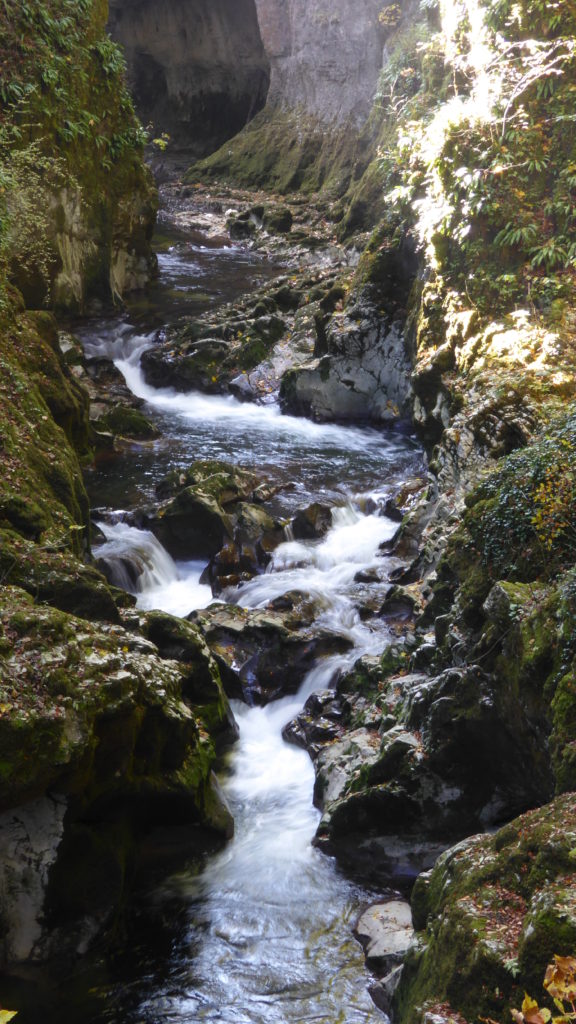River processes

River processes and landforms
It is said that 95% of a river's energy is needed to overcome friction. In time of
flood the river discharge will increase and there will be an energy surplus. Material
known as load is then picked up and carried by the river.
Erosion
A river may erode in any of the following ways
Attrition
This occurs when boulders and rocks are knocked against each other and gradually reduce
this stage.
Corrasion
Corrasion occurs when smaller material gets thrown against the riverbanks and erode
them.
Corrosion
Corrosion occurs when acids in the river dissolve rocks, such as limestone.
Hydraulic action
Hydraulic action is when the sheer force of the river dislodges rocks from the
riverbanks and bed.
The formation of a water fall
A waterfall is formed when hard rock is overlying softer rock. The soft rock gets warn
away from under the hard rock and so there is an overhang of harder rock which is formed.
When the overhang gets to big and can’t support it’s weight it collapses and so
a waterfall is formed. At the bottom of the fall the water is falling which gains speed.
When it gains speed it digs into the rock creating a feature called a plunge pool. Where
the waterfall retreats there is a gorge that is formed.
richard@main-vision.com

